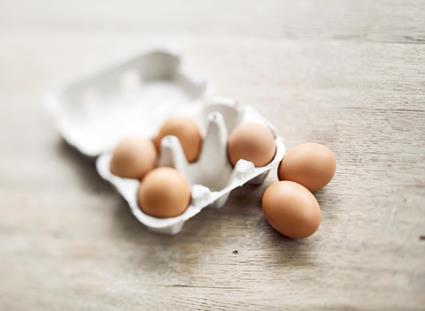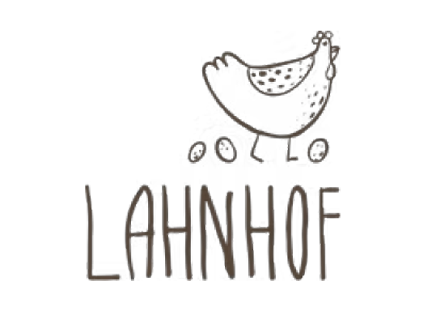Organic and free-range eggs
Quality you can taste
Organic and free-range eggs
Chickens that can peck at fresh grass, lie in the sun, and scratch for worms every day lay better eggs. Producers are aware of that, and that is why they are more than happy to comply with the strict quality and animal husbandry requirements that apply to egg production.
Anyone who is looking to cook (or bake) a typical South Tyrolean dish can safely rely on regional products like
South Tyrolean organic and free-range eggs, eligible to bear the
South Tyrolean seal of quality since 2013.
What are the most important quality criteria?
- Regional free-range farming from organic or conventional production
- Regular maintenance of the free-range area
- Use of natural feed
- Free from genetic engineering, antibiotics and hormones
- Poultry farmers must grade, mark and package eggs within six days of laying
- Subject to regular checks by an independent inspection authority
What does the number on the egg mean?
It is mandatory for producers to mark eggs with a producer code. This ensures transparency and traceability. When buying South Tyrolean organic and free-range eggs labelled “Quality Alto Adige”, take note of the combination of numbers and letters.
The producer code consists of:
• a number indicating the method of hen raising (0 = organic egg production, 1 = free-range eggs, 2 = deep litter indoor housing, 3 = cage farming),
• a code for the respective EU member state (IT for Italy),
• the ISTAT code of the municipality where the hen laying establishment is located (e.g. 019 for the municipality of Kastelruth/Castelrotto),
• the province ID (BZ for Bolzano/Bozen), and
• a sequential registration number given out by the healthcare service indicating the hen laying establishment (e.g. 001).

South Tyrolean free-range eggs in numbers
10
million eggs bearing the South Tyrolean seal of quality are produced every year.
Approx. 50,000
hens lay these eggs.
At least 4
square metres of meadow or overgrown area are provided for each hen.
Up to 4
times more vitamin D: how South Tyrolean free-range eggs compare with eggs from conventional farming, according to scientists at the University of Halle-Wittenberg.
Looking for recipes, news and events relating to South Tyrolean organic and free-range eggs?
Find out more
In which circumstances do chickens live?
Organic and free-range eggs with the South Tyrolean seal of quality come from hens that have unrestricted access to the open air during the day. A covered and well-maintained sandy area is also at their disposal. Outside, chickens can run around as they please, scratching at the ground and pecking for worms. At night, the hens retreat into the barn where they have nests and perches for sleeping and the ground has been carefully covered with straw.
How big can eggs get?
Hens lay eggs of different sizes depending on their age and breed. Young hens usually lay smaller eggs than older ones. When it comes to sales, the different sizes are marked with S, M, L and XL.
- Weight class S stands for eggs weighing less than 53 grams
- Weight class M stands for medium sized eggs from 53 to 63 grams
- Weight class L stands for large eggs from 63 to 73 grams
- Weight class XL stands for eggs weighing 73 grams or more
The creators of South Tyrolean organic and free-range eggs
Our producers

Lonza Hof
Eggs
39030
St. Martin in Gsies Valley

Lahnhof
Eggs
39030
S. Martino Val Casies/St. Martin Gsies